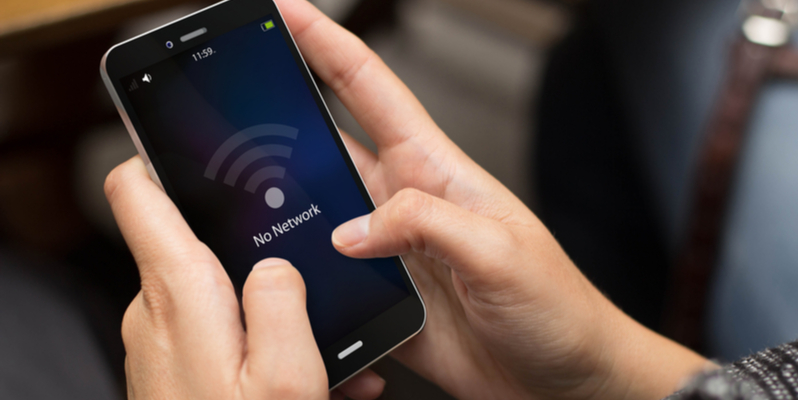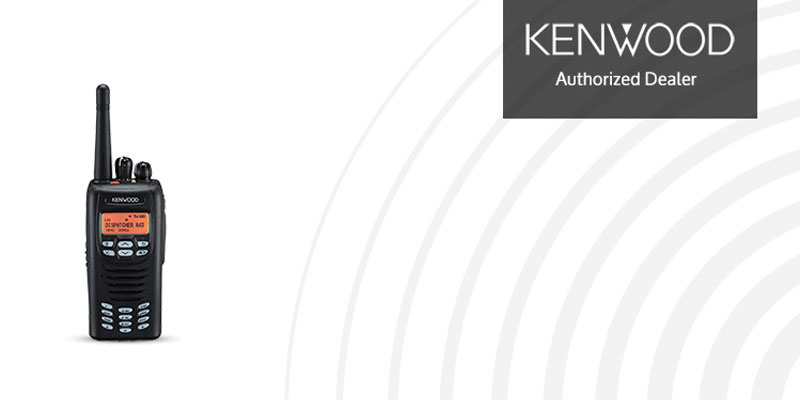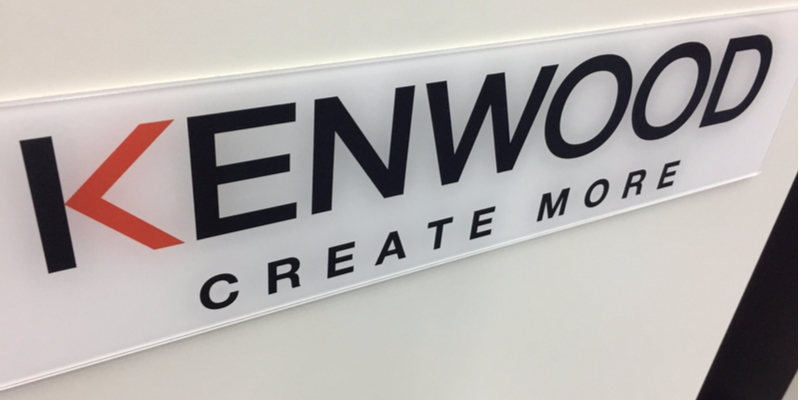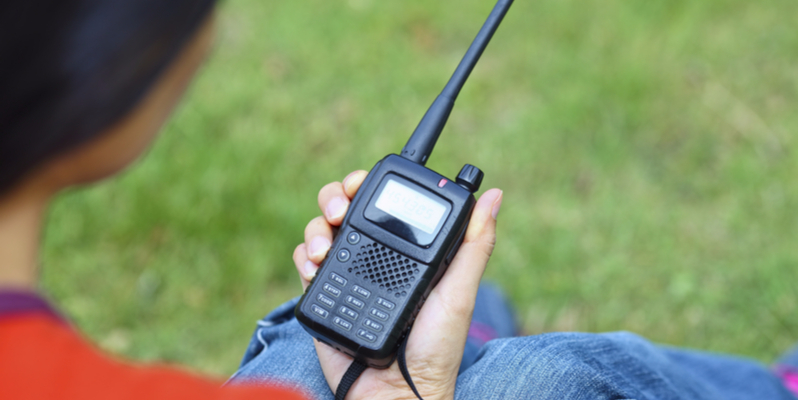It’s very common for today’s urban structures to lack signal or service. Luckily there are a couple options that’ll improve the signal to your building, helping you stay on top of what matters most.
Why Do Buildings Get Poor Signal?
A big reason that more buildings are suffering from a lack of signal or service has to do with the latest building codes, especially in South Florida. The latest standards require stronger building materials like solid-poured concrete walls and LEED certified windows – all of which are great for hurricane-proofing a building and energy efficiency, but not so great for signal strength. That’s because these materials make it difficult for signals to penetrate the building.
In addition, if the building is located in a sea of other buildings, the signal is easily lost in the shuffle. We’ve heard a variety of scenarios in the past, such as the top floor of the building gets great service, but everything below it, not so much.
There are two different systems that can be used independently or in conjunction with another to address the issue: a cellular enhancement system and a radio enhancement system.
What is a Radio Enhancement System?
In-building radio enhancement systems provide a strong Radio Signal throughout your building -allowing two-way radios to work. This is especially important in an emergency when First Responders and Fire Department radios need to communicate all throughout your building to protect the people inside.
For the most part, a radio enhancement system consists of three main components: the donor antenna system, bi-directional amplifier, and distributed antenna system.
The donor antenna is placed on top of your building and pointed in the direction of the nearest communications tower. This is what draws the signal in and out of the building. This is the most important component of the system, which is why we rely on Category 5 Hurricane-Rated bracketing and R-56 Lightening Protection standards.
The bi-directional amplifier takes in the signal from the donor antenna and amplifies it throughout the building. It is also tasked with receiving signals from inside of the building and transmitting them to the donor antenna.
These two components operate best when connected to a network of in-building antennas, known as the Distributed Antenna System (DAS). This usually entails a coaxial cable, unequal power dividers and splitters, as well as ceiling-mounted antennas. In simple terms, the DAS offers a pathway for signals to navigate through.
Learn more about in-building radio enhancement systems
What is a Cellular Enhancement System?
If cell communication is near impossible in your building, you might need a cellular enhancement system – or what many people are now calling the “fourth utility.” Cell phones have just about taken over landlines and have become a necessary component to the workplace. That’s why reliable in-building coverage is such an important feature in today’s modern office.
Each building is a little different and requires a unique system of amplifiers to generate a strong signal throughout the building. Factors that influence the type of amplifier you require include: the size of your facility, the reason(s) signal is lacking to begin with, specific coverage requirements, and budget.
Stay Connected & Prosper
From radio signal strength to cellular signal strength, communication is crucial in any workplace. Let us help your business stay connected. At Highland Wireless, we offer free pre-testing of signal strength levels as well as site surveys to help figure out the best solution. We can even provide a quote for buildings in pre-construction.
Contact us today to set up your free pre- testing of signal strength levels along with a site survey.





